- Raw Materials
- CO2
Circular Agriculture Initiatives at Tominooka Winery in Japan (Part 2)
Presenting series of stories from our employees on various Suntory Group sustainability initiatives. The first story introduces initiatives at Tominooka Winery in Japan, which has a history of more than 100 years and is known for its innovative circular agriculture approaches. Following is Part 2 of our talk with Kohei Oyama, General Manager-Technique of the Tominooka Winery.
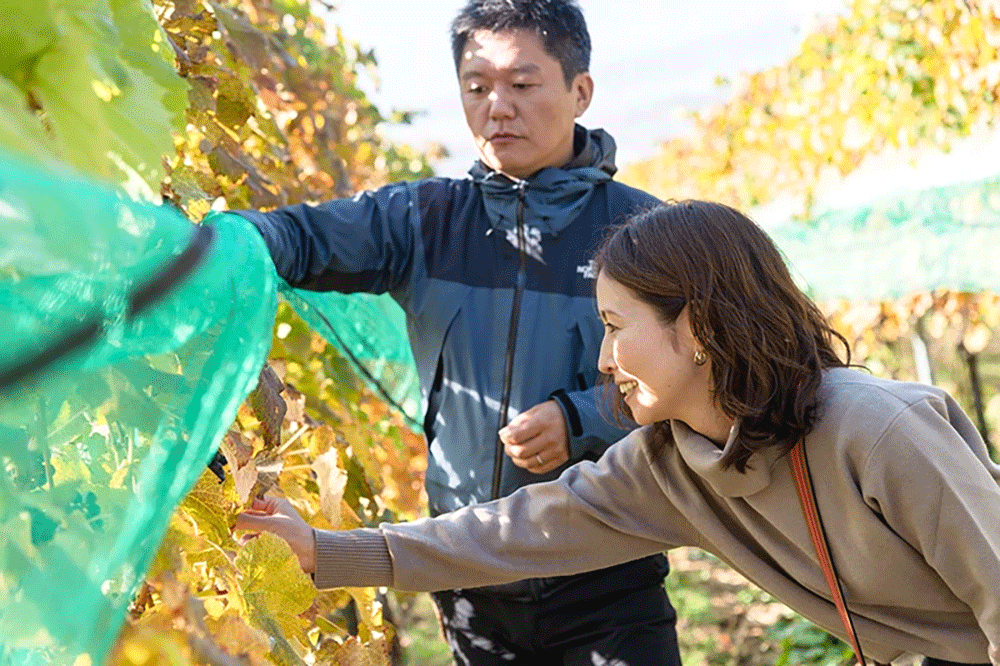
Pursuing the New Technology of Secondary Induced Shoot Cultivation to Adapt to Climate Change
In addition to the circular agriculture approaches introduced in Part 1, Tominooka Winery is also launching a new effort to prevent quality degradation of grapes grown in Yamanashi Prefecture due to climate change impacts. This effort involves secondary induced shoot cultivation to delay the grape harvest, which the winery launched in 2021 through joint research with the University of Yamanashi.
According to Oyama, “The taste of wine is dependent on the quality of the grapes. Having cold low temperatures in summer is considered essential to high-quality grape production, but over the last 10 years summer temperatures have been gradually rising.”
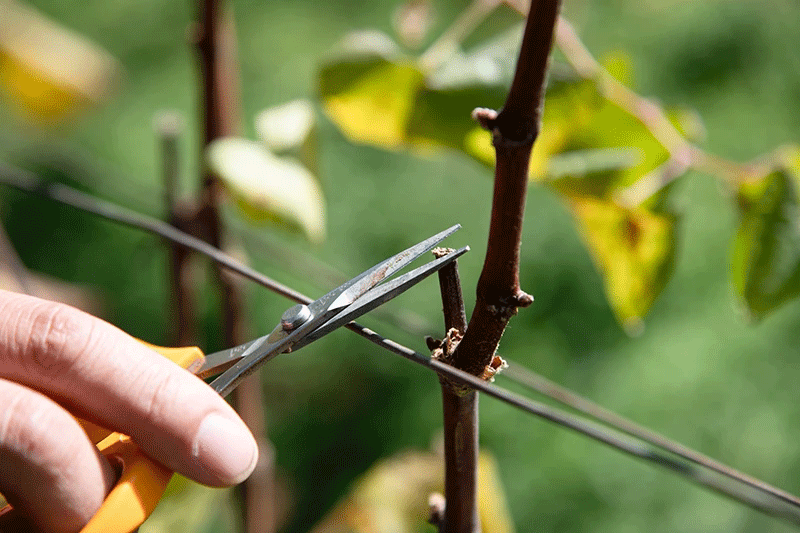
Secondary induced shoot cultivation is a method where the first shoot that grows is pruned, and the grape bunches that grow on second shoots coming out from the sides of the cut are harvested, which delays the harvest by 40 days. The grapes mature when temperatures are cooler, so they have higher sugar content concentrated in the pericarp (the fruit that surrounds the seeds), creating high-quality fruit.
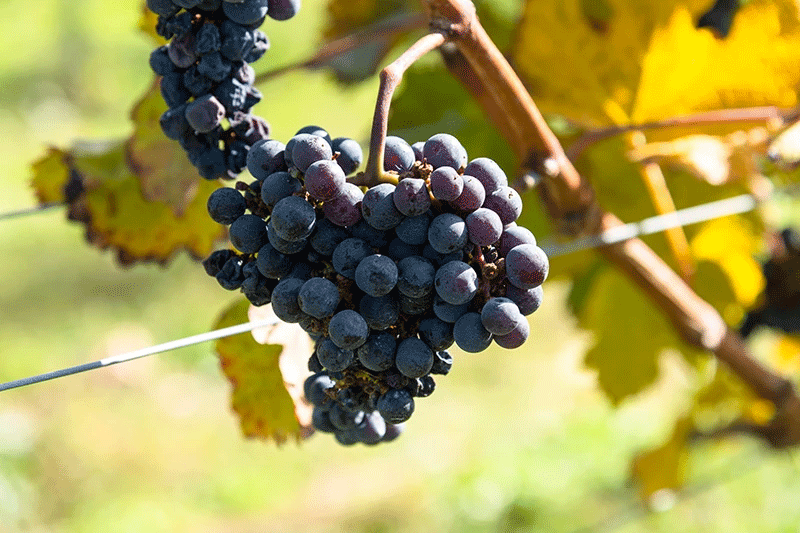
When this method was tried with Merlot grapes, the grapes attained quality high enough to be used in the winery’s flagship Tomi wines. This year the winery is expanding this method to eight times more land and starting its use with Chardonnay and Cabernet Sauvignon as well.
The Suntory Group is undertaking a variety of activities to adapt to climate change, including test cultivation of grape varieties suited to warmer climates as well as moving the same varieties to growing sites located farther north. There are a lot of grape producers and wineries in Yamanashi Prefecture in addition to us. Although transplanting vines takes a lot of time and changing fields that have been tended for generations represents a large effort, secondary induced shoot cultivation is able to raise the quality of grapes with just a little effort. This endeavor is also about preserving the winemaking culture. Grape quality being degraded due to climate change is not just an issue for Yamanashi Prefecture—it can happen anywhere in Japan—so it’s important that we spread this technology far and wide.
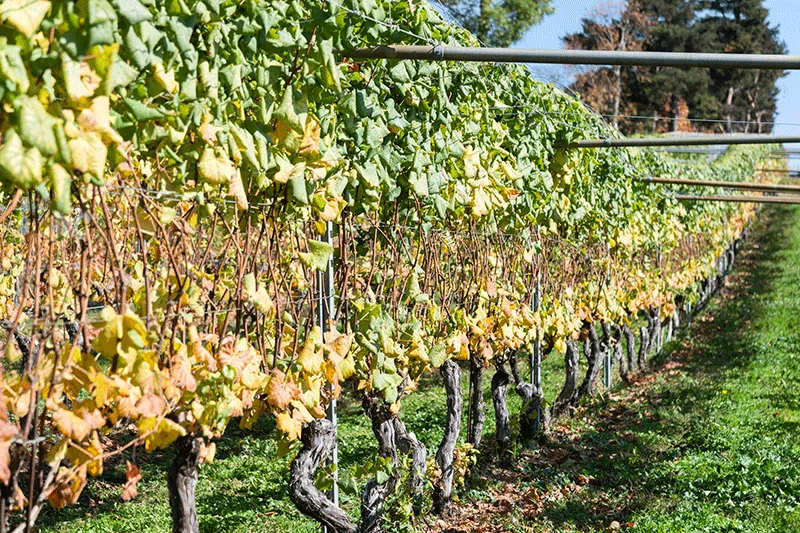
These grape vines have been pruned for secondary induced shoot cultivation. The leaves in the middle of the vines have been removed by hand to allow sunlight to reach the fruit. This additional effort produces high-quality grapes.
Pursuing Wine Whose Taste Personifies How the Grapes Were Cultivated
If we consider only weather conditions, the climate and local features of Japan are not naturally suited to winemaking. From that, people’s passion that has unleashed ingenuity is behind the achievement of high-quality wine in Japan.
“Terroir* is said to be vital to wine quality. And while conditions like weather phenomena and the soil are often talked about, I think what the people—the producers—are thinking and putting into action absolutely comes through in the taste. Having environmental conditions that are a challenge for winemaking means that conversely, many of the elements controlled by people are what make Japanese wines shine. When you take a sip of a good wine, you get an idea of the local features that people’s ingenuity were able to bring out. To get Japan a place on the world wine map, we have to fill our wines with these outstanding qualities. We will pursue typicity (signature characteristics) that are distinctive to Tominooka, distinctive to the Koshu grape variety, and distinctive to Suntory,” says Oyama.
Wine is also entering the era of individuality. Suntory has created the “Wine no Mirai” (Future of Wine) series of small-lot production that places a premium on the typicity of the producing region and the winemakers, and is starting to deliver this subtle complexity that defines great Japanese wines.
The winery visit brought home how exploring sustainability is not only about protecting the environment, but is also connected to preserving the culture created by people.
-
*Elements of the natural environment such as the soil, topography and subtle differences in climate among vineyards that affect winemaking
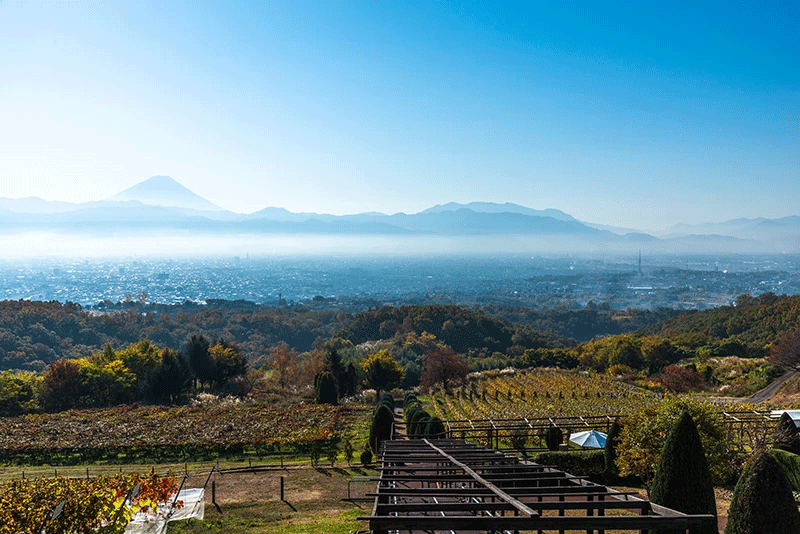
Latest Stories
-
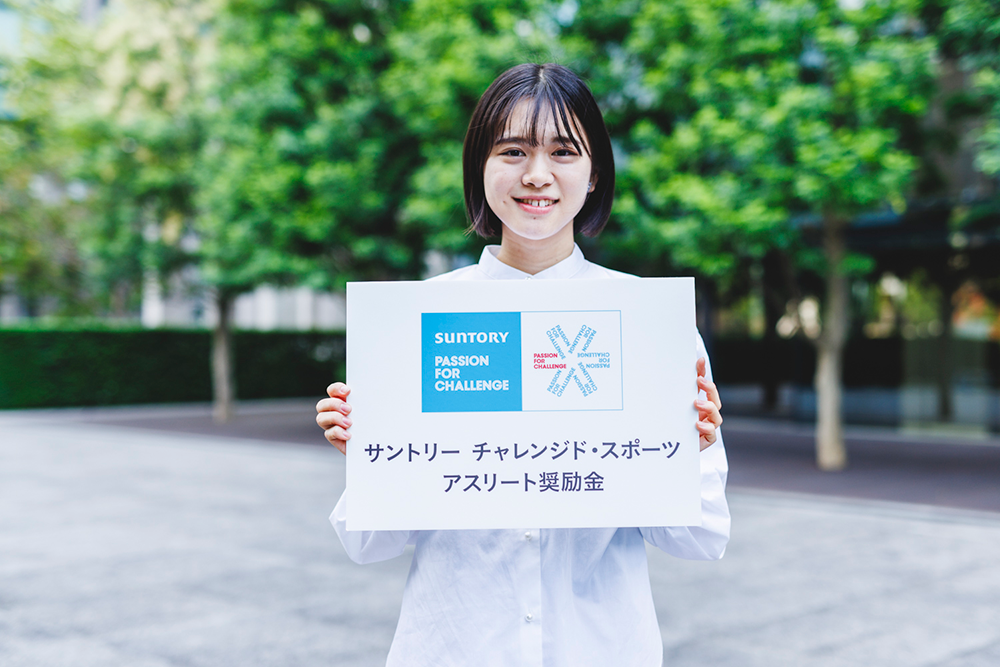
- Enriching Life
April 30, 2024
Enhancing the Foundation of Parasports with the Suntory Challenged Sports Project
View More -
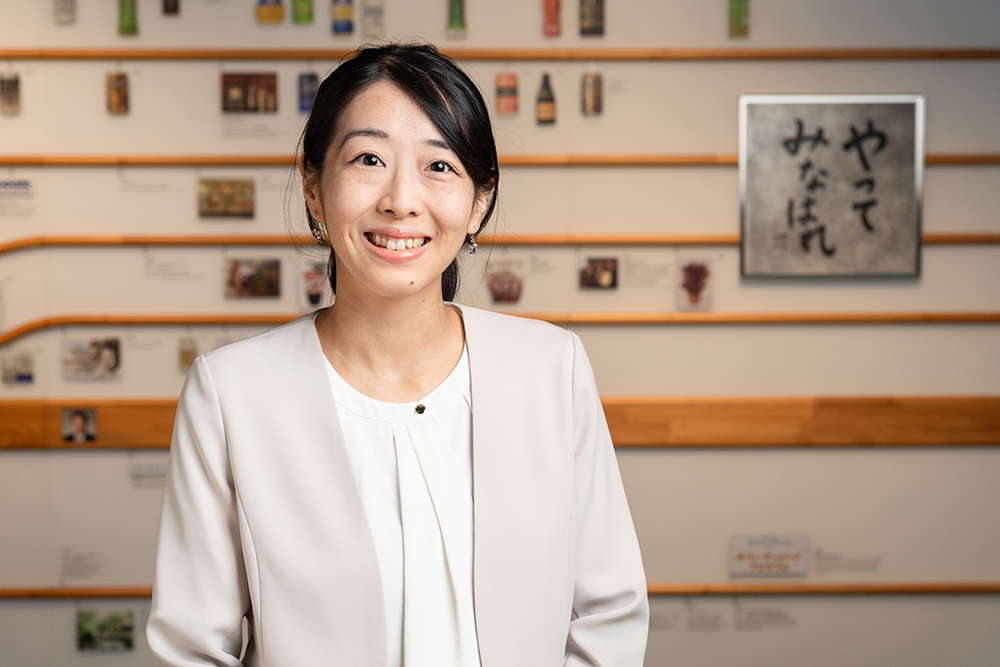
- Human Rights
- Packaging
- Climate Change
April 30, 2024
In 2024 We Are Launching an Overseas Training Program for All Second-Year New-Graduate Hires!
View More -
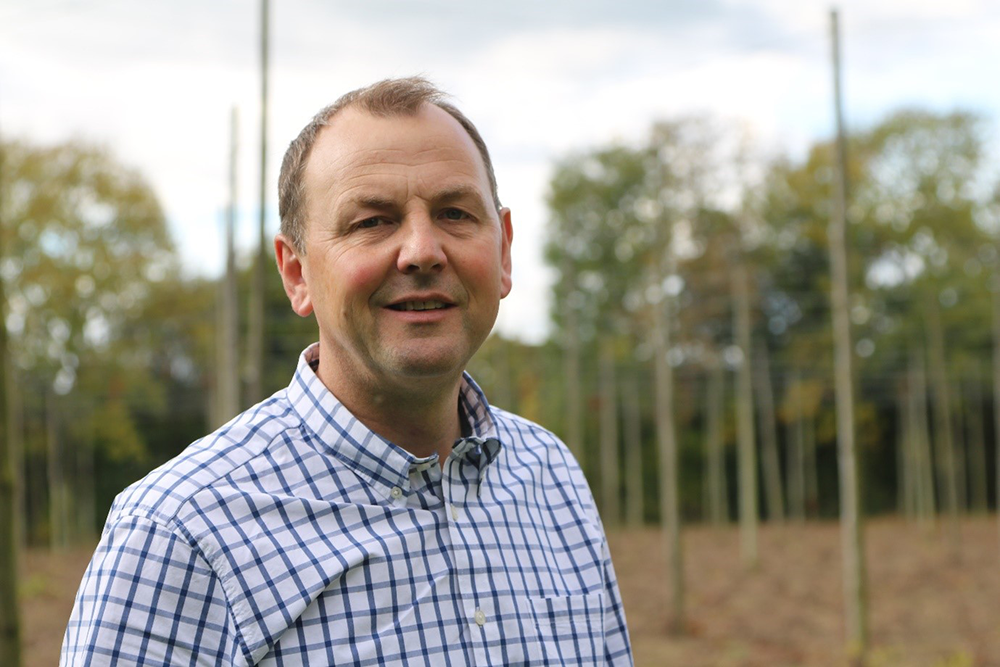
- Raw Materials
- CO2
- Biodiversity
November 30, 2023
Protecting UK Blackcurrants and Their Growers: Sustainable Agriculture Support Program
View More -
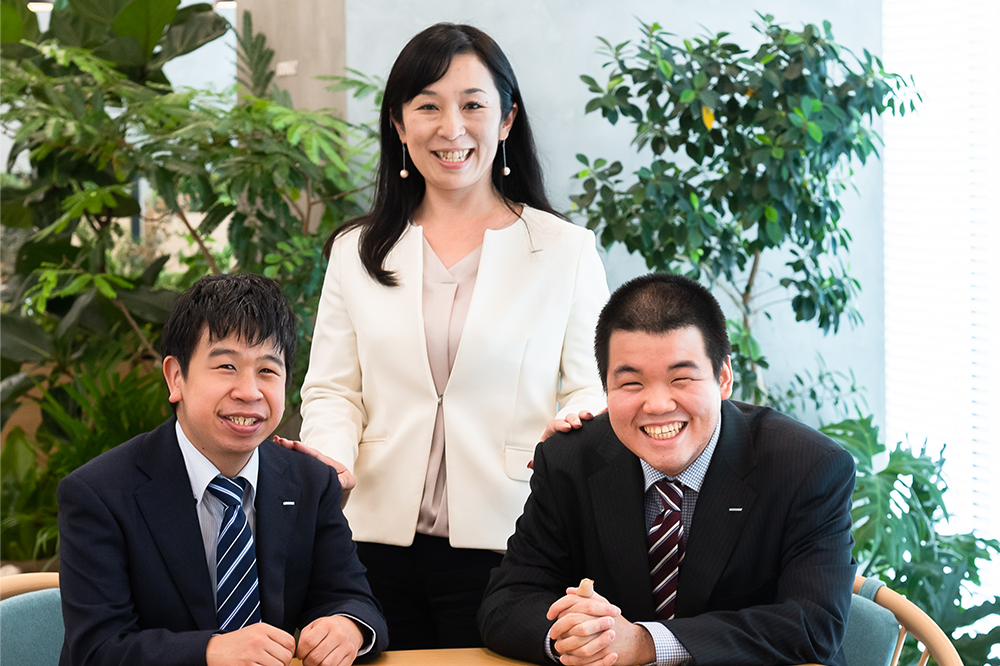
- Human Rights
September 29, 2023
Being the Best Company for Employees with Disabilities to Shine
View More -
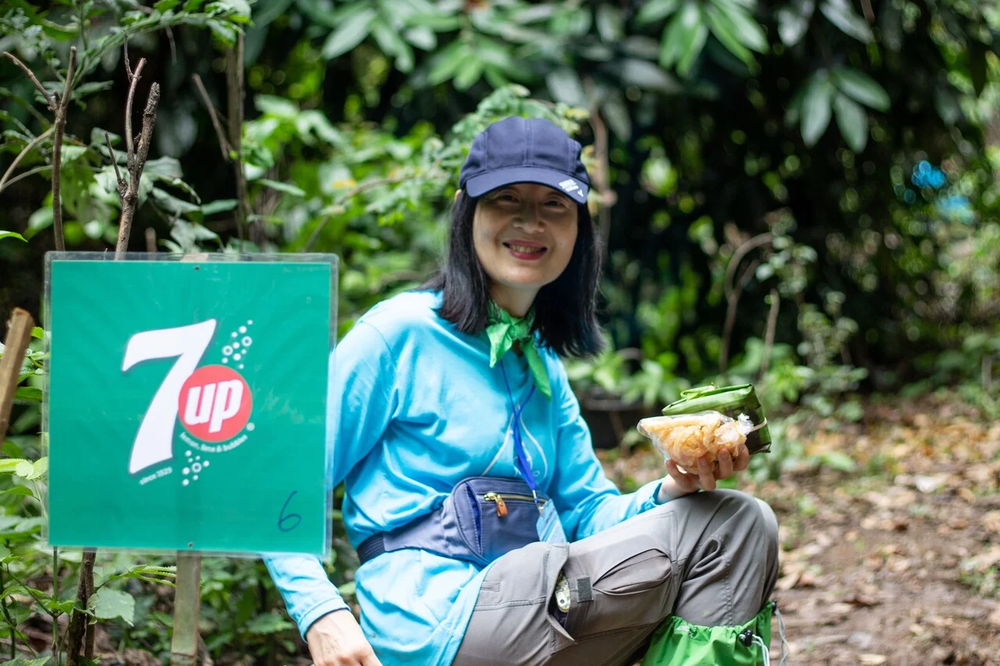
- Water
July 31, 2023
Suntory Mizuiku – Education Program for Nature and Water Expands Globally: Stories from Asia
View More -
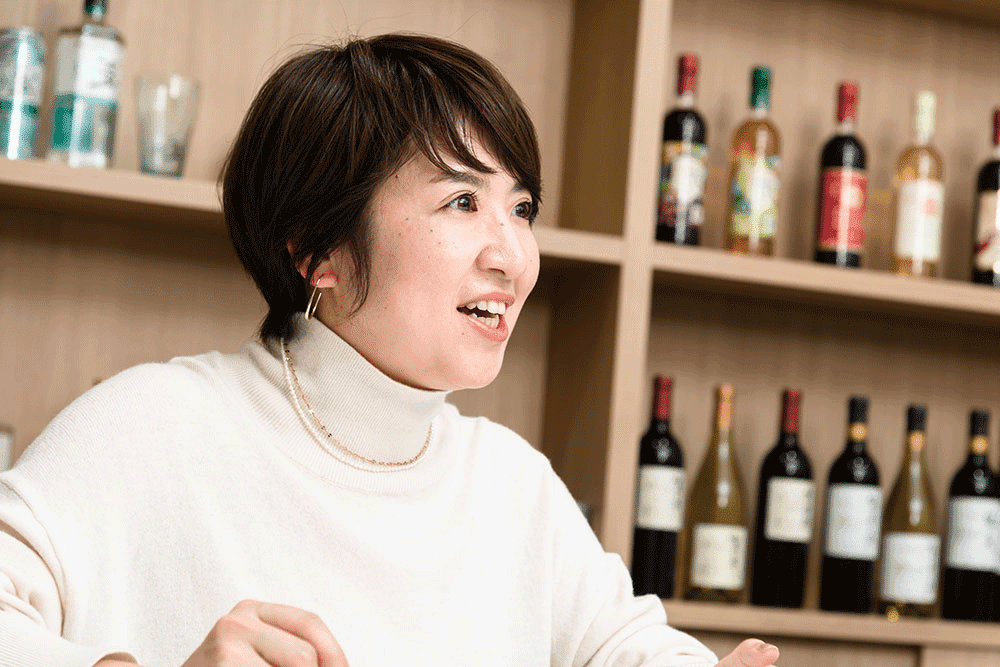
- Health
June 29, 2023
New DRINK SMART Ambassador Program: Internal Certification to Deliver the DRINK SMART Message to More Customers
View More -

- Raw Materials
- CO2
June 29, 2023
Circular Agriculture Initiatives at Tominooka Winery in Japan (Part 2)
View More -

- Biodiversity
May 10, 2023
Suntory Bird Conservation Activities Are Turning 50: A Look at the Past and the Future (Part 2)
View More -
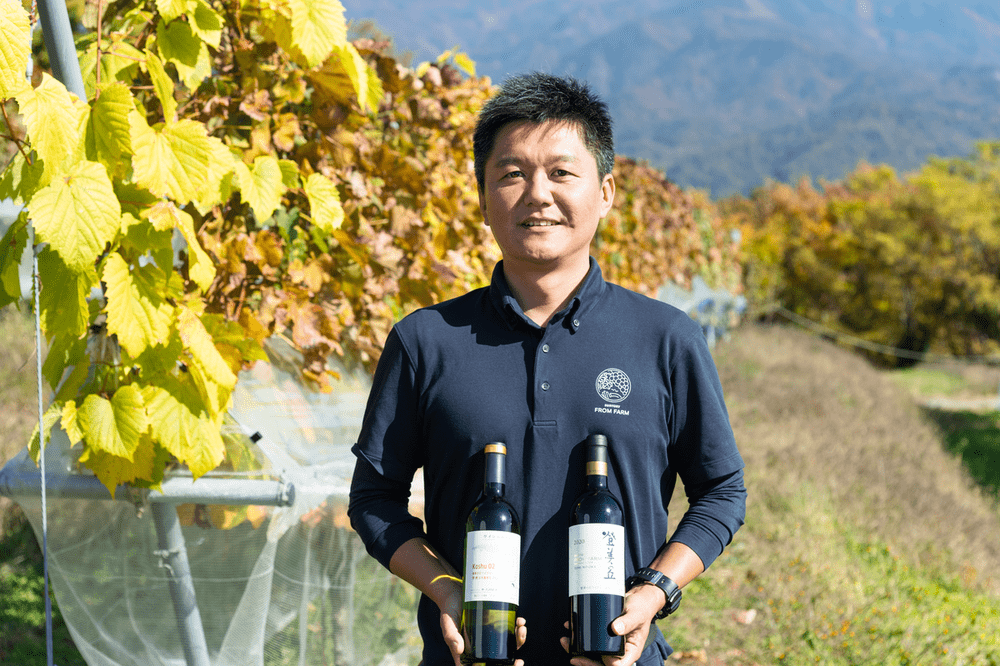
- Raw Materials
- CO2
April 27, 2023
Circular Agriculture Initiatives at Tominooka Winery in Japan (Part 1)
View More -
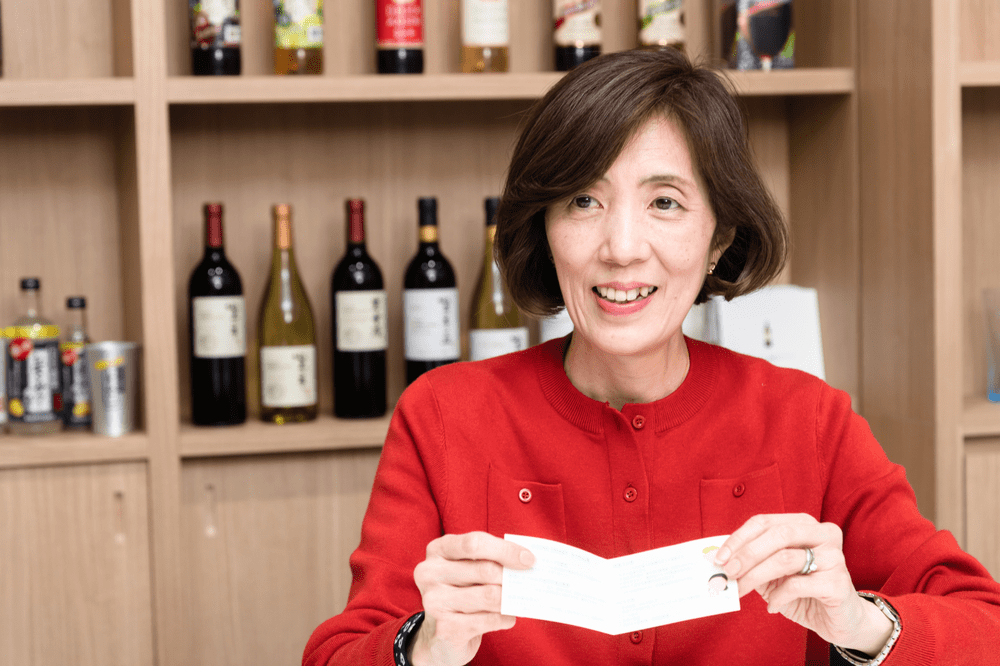
- Health
April 27, 2023
Creating “Friends for Moderate Consumption,” a Campaign Character to Promote Responsible Drinking
View More -
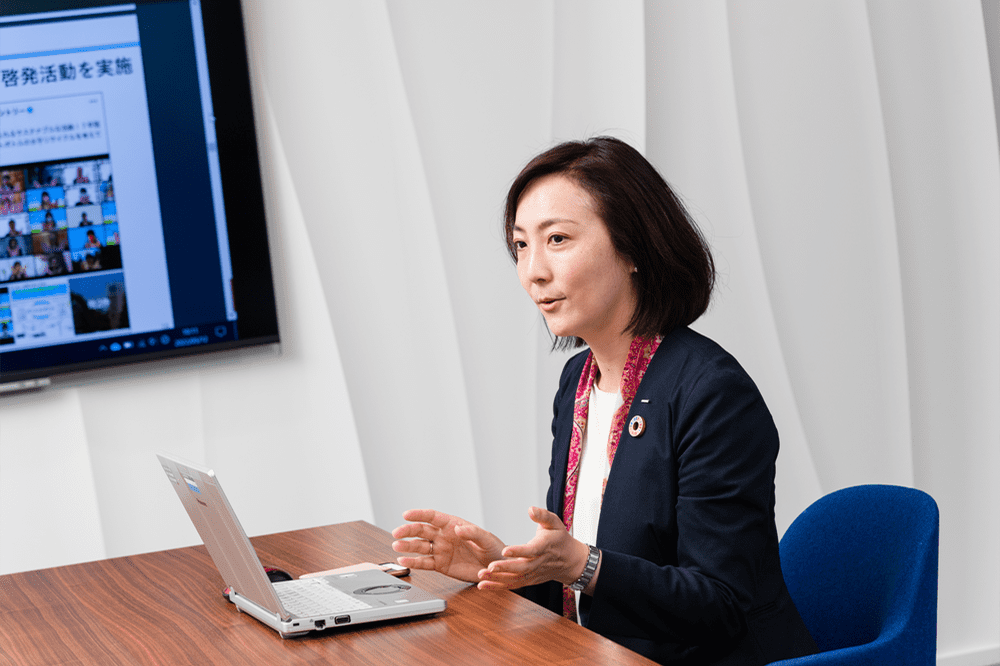
- Packaging
April 27, 2023
B to B Recycling: Creating New PET Bottles from Used Bottles
View More -
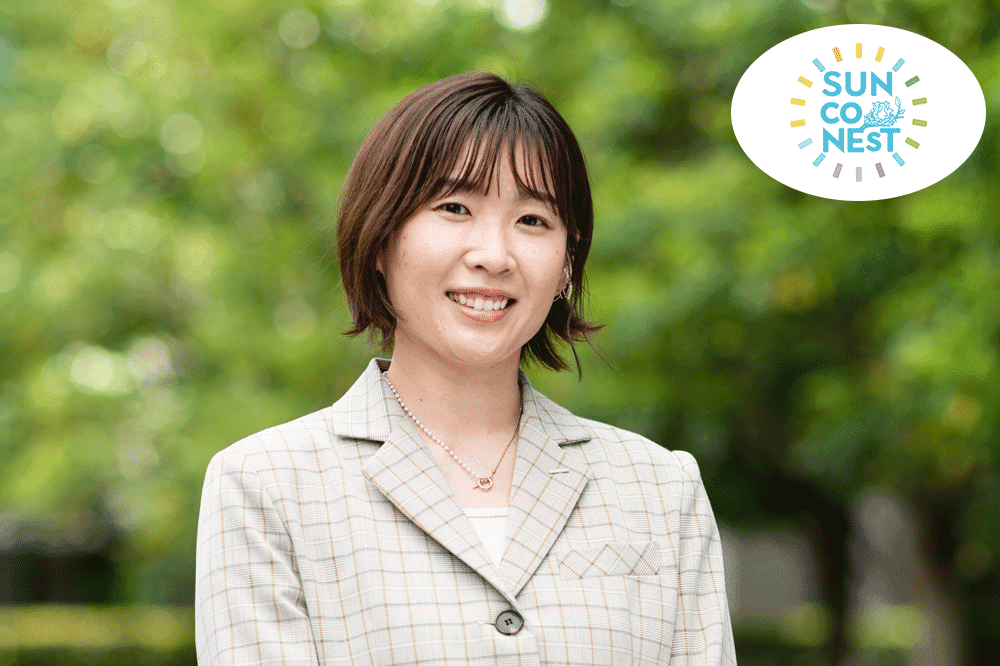
- Human Rights
April 27, 2023
SUN-co-NEsT, An Online Community Aiming to Balance Work and Parenting
View More -
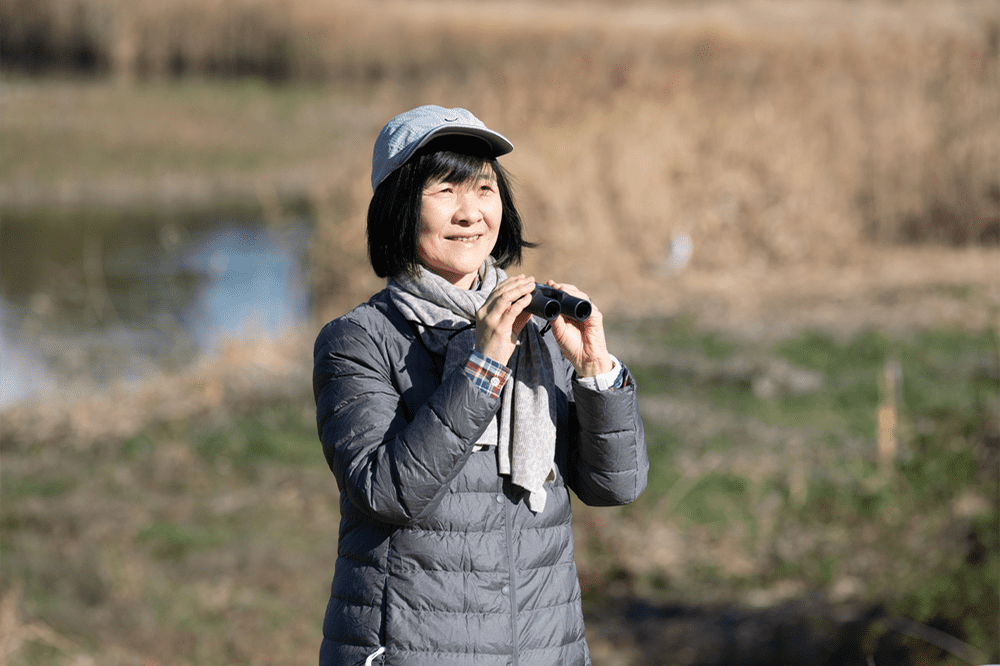
- Biodiversity
April 27, 2023
Suntory Bird Conservation Activities Are Turning 50: A Look at the Past and the Future (Part 1)
View More -
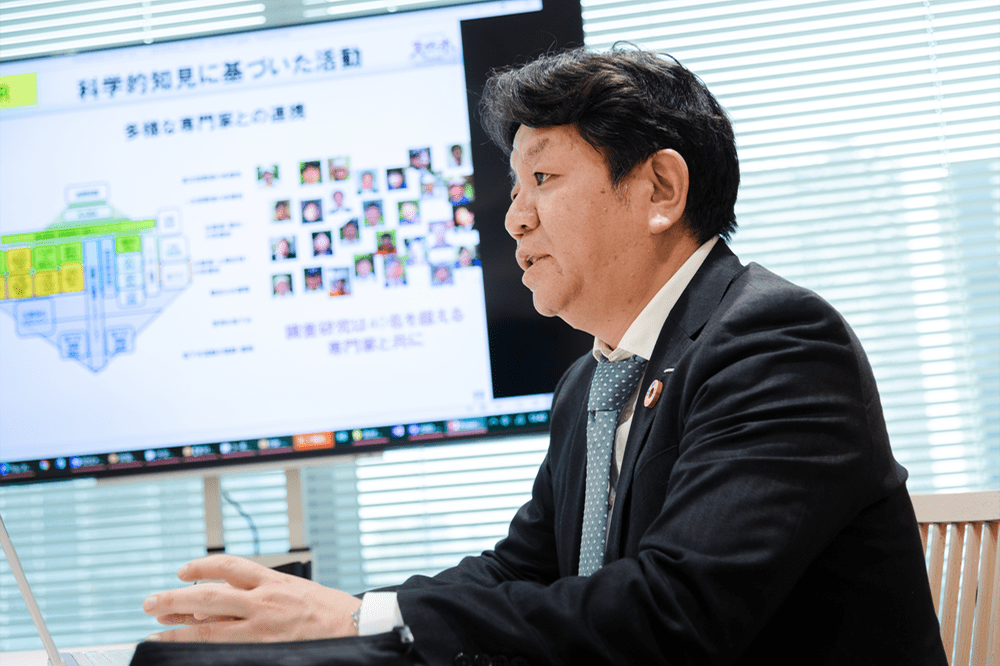
- Water
- Biodiversity
April 27, 2023
Protecting the Forests That Nurture Abundant Water: Suntory Natural Water Sanctuary Initiative
View More